One of the easiest ways to reuse broken concrete is to stack up the pieces to make a low garden wall.
My house came with an expanse of dangerously uneven, cracked concrete that needed to be removed. One option would have been to haul it off to the landfill. But turning the scraps into this little wall for a raised vegetable garden ended up being a greener solution.
The hardest part was breaking up the concrete into manageable pieces. (We used a sledgehammer). And lifting the twenty to sixty pound chunks into place made for some hard work. But it was basically an “easy” job in that it wasn’t particularly technical and didn’t demand too many brain cells.
If your soil is especially unstable, the concrete could be set on top of a foundation. But for almost all soils, and for a low wall like this one–about twenty inches tall–don’t bother. Try to stagger the joints between pieces from row to row to make the wall more stable. Work to nest the pieces together as tightly as possible to minimize soil loss out the sides if you’ll be using the wall for a raised bed.
If you would like a softer look, you could also plant little succulents or compact rock-garden plants into the crevices. Creeping sedums, alyssum, low varieties of thyme or trailing strawberries would be good, easy choices for a wall that has a sunny exposure. You could also plant low-growing bulbs or annuals in front of the wall.
The result is definitely on the rustic end of the spectrum, more “cottage” than glam or glitzy. But you’ll feel better about not filling up the landfill. And in the end the project could be easier than loading the chunks into a truck to haul them away.

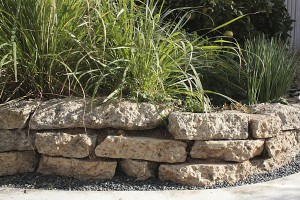
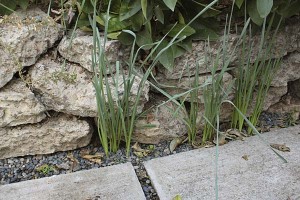

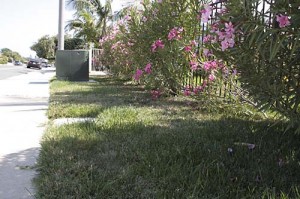
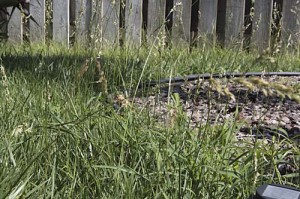

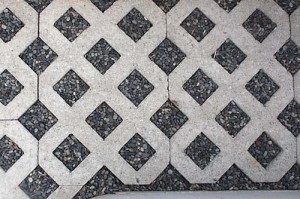

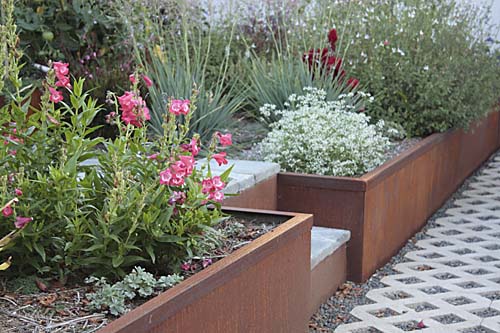
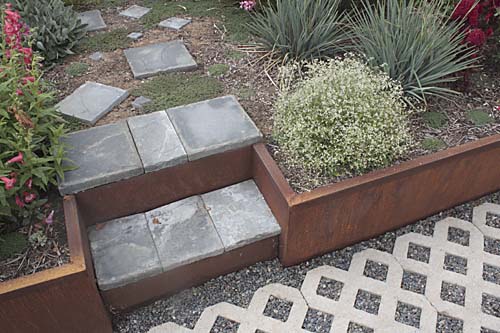
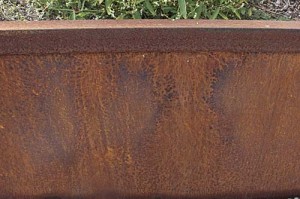
 Photo from the Wikimedia Commons, contributed by Eugene van der Pijll [
Photo from the Wikimedia Commons, contributed by Eugene van der Pijll [ 
 The Kyocera trees seem to be slanted more to corporate environments, and besides I find them more than a little monolithic and overwhelming. Would you want these in your garden? But something along these lines could be practical, good for the environment and attractive. Sounds like a job for an artist or designer instead of an engineer…
The Kyocera trees seem to be slanted more to corporate environments, and besides I find them more than a little monolithic and overwhelming. Would you want these in your garden? But something along these lines could be practical, good for the environment and attractive. Sounds like a job for an artist or designer instead of an engineer…